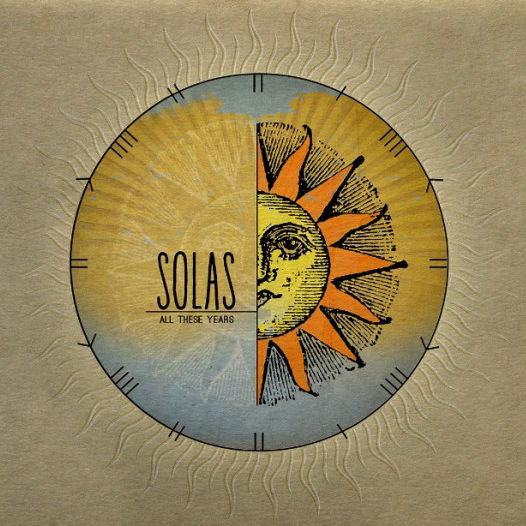02.27.2018: One Chapter of Math
- Steven C. Mills

- Feb 27, 2018
- 3 min read
Today's soundtrack is Solas: All These Years, an album that makes me instantly feel happy.
I've made it to the third section of Basic Math and Pre-Algebra for Dummies, "Parts of the Whole: Fractions, Decimals, and Percents." The first chapter that I'll be working on in this section is chapter 9, "Fooling with Fractions."
There are three types of fractions: proper fractions, improper fractions, and mixed numbers.
The number on the top of a fraction, the numerator, tells us how many parts of the whole we have. The number on the bottom, the denominator, tells us how many parts the whole has been sliced into.
A reciprocal is a flipped fraction: 2/3 and 3/2 are reciprocals; 1/6 and 6/1 are reciprocals, etc. 4/4 is its own reciprocal.
Any number can be turned into a fraction by adding "1" under it: 2 = 2/1. Any fraction with a denominator of 1 is equal to the numerator.
Any fraction with a numerator of 0 equals 0. No fraction can have a denominator of 0.
A proper fraction is one with a smaller numerator than denominator; its value is less than 1.
An improper fraction is one with a greater numerator than denominator; its value is more than 1.
A mixed number is a whole number with a proper fraction: 1 1/2, 4 2/3, etc.
To increase the term of a fraction (break it up into greater numbers while maintaining the same value, or ratio), simply multiply both the numerator and denominator by the same number: 1/2 = 2/4 = 4/8, etc.
To increase the term of a fraction with a set denominator in mind, divide the original denominator by the target denominator, then multiply the original numerator by that answer to find the new numerator. Invert if trying to find a denominator for a set numerator. 1/2 = ?/16? 16 / 2 = 8; 8 x 1 = 8: thus, 1/2 = 8/16.
To reduce a fraction to its lowest term, break down both the numerator and denominator into their prime factors: 8/40 = 2x2x2/2x2x2x5; cross out identical factors on top and bottom (leaving at least one factor for the numerator: 2/2x5 = 2/10, divide numerator by denominator if possible; if denominator divides by numerator, also divide numerator by itself: 2/10 divided by 2 equals 1/5. Thus 8/40 = 1/5.
To convert an improper fraction into a mixed numer, divide the the denominator by the numerator. The answer XrY will be placed as follows: X Y/D (the same denominator as started with). Thus 15/7 can be converted into a mixed fraction like this: 15 / 7 = 2r1; the mixed fraction therefore is 2 1/7.
(I just figured this out: If using a calculator and unable to find the remainder, but instead left with decimal, multiply the part of the number following the decimal by the divisor to find the number that will be the numerator in the mixed fraction: so 15 / 7 = 2.1428571429; 2 is the whole number, multiply 7 by .1428571429; the "remainder" is 1.)
To convert a mixed number back into an improper fraction, multiply the denominator by the whole number and add the result to the numerator of the fraction: so for 2 1/7, 2x7+1=15, which is our new numerator; thus, 2 1/7 = 15/7.
To compare two fractions with different denominators to find the greater of the two, find the reciprocal of the second, then multiply in a straight line: 1/2 and 4/7 becomes 1/2 and 7/4; 1x7 = 7, 2x4 = 8. The first answer corresponds with the first fraction, and vice versa; thus 1/2 = 7 and 4/7 = 8, and we see that 4/7 is the greater fraction.
To compare more than two fractions, perform the steps as above with the first two fractions, eliminate the smaller one, then repeat the steps with the larger fraction and the next unknown, repeating as needed.
A ratio is a comparison of two things; for example, most widescreen TVs are 16:9 (16 parts width to 9 parts height). To convert a ratio to a fraction, simply put the first number on the top, and the second number on the bottom.
A ratio expresses proportions, which are equations with two ratios. For example, if I brought three coffees and four doughnuts to a work meeting, my ratio is 3:4, also expressed as 3/4, also expressed as coffees/doughnuts = 3/4. If Alice brought the same proportion of coffees and doughnuts, but I know that she brought a dozen doughnuts, I know that since 12 / 4 = 3, and 3 x 3 = 9, Alice brought 9 coffees and 12 doughnuts.
Two endnotes: that was a long chapter, and the word "doughnuts" now looks weird to me after typing it so many times.




Comments